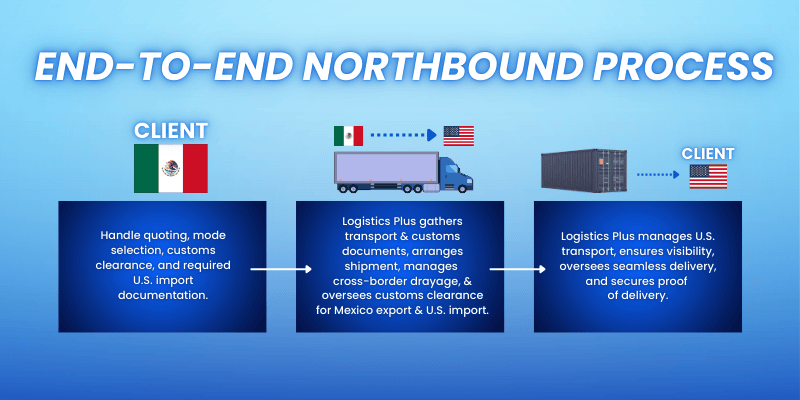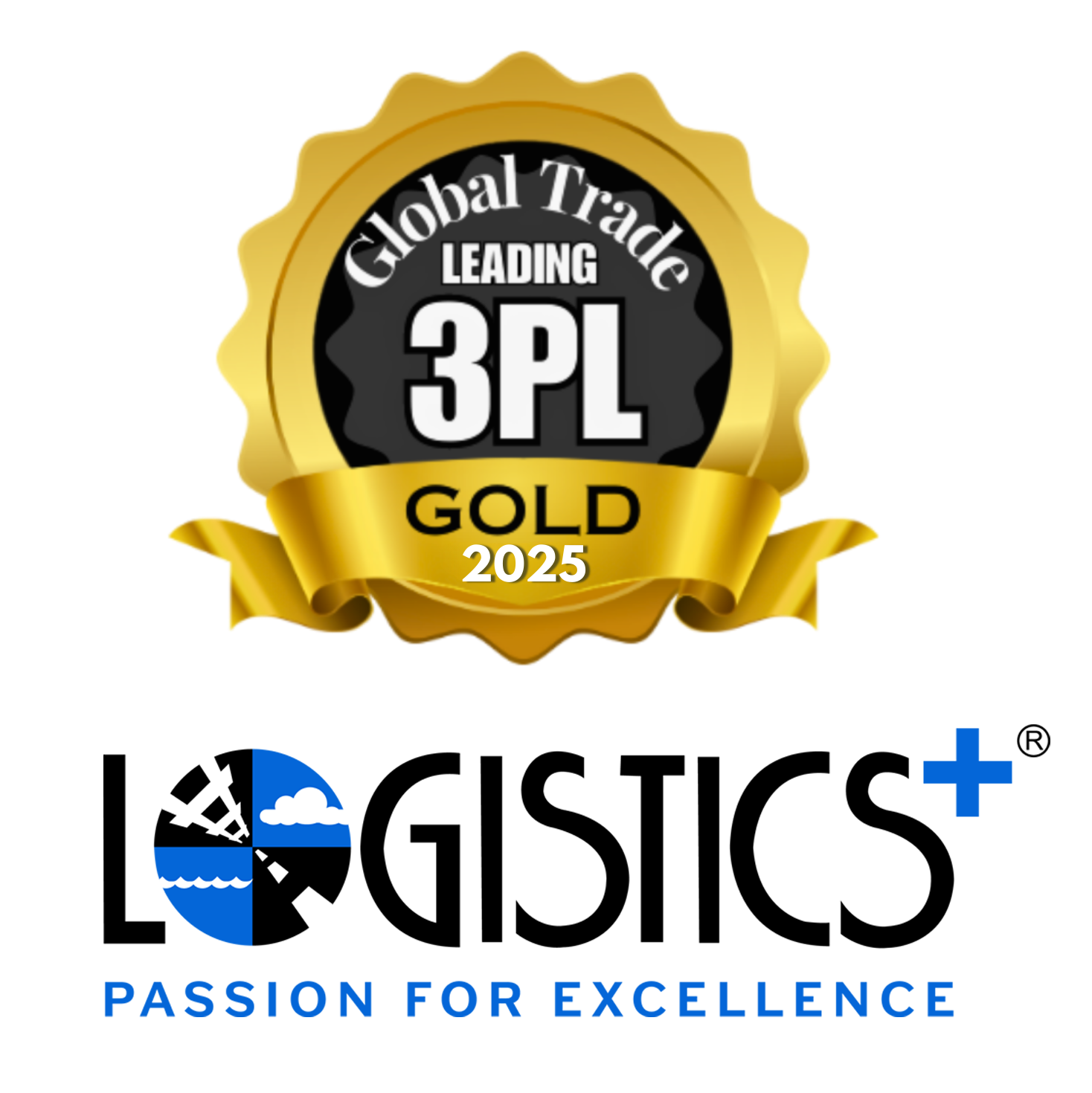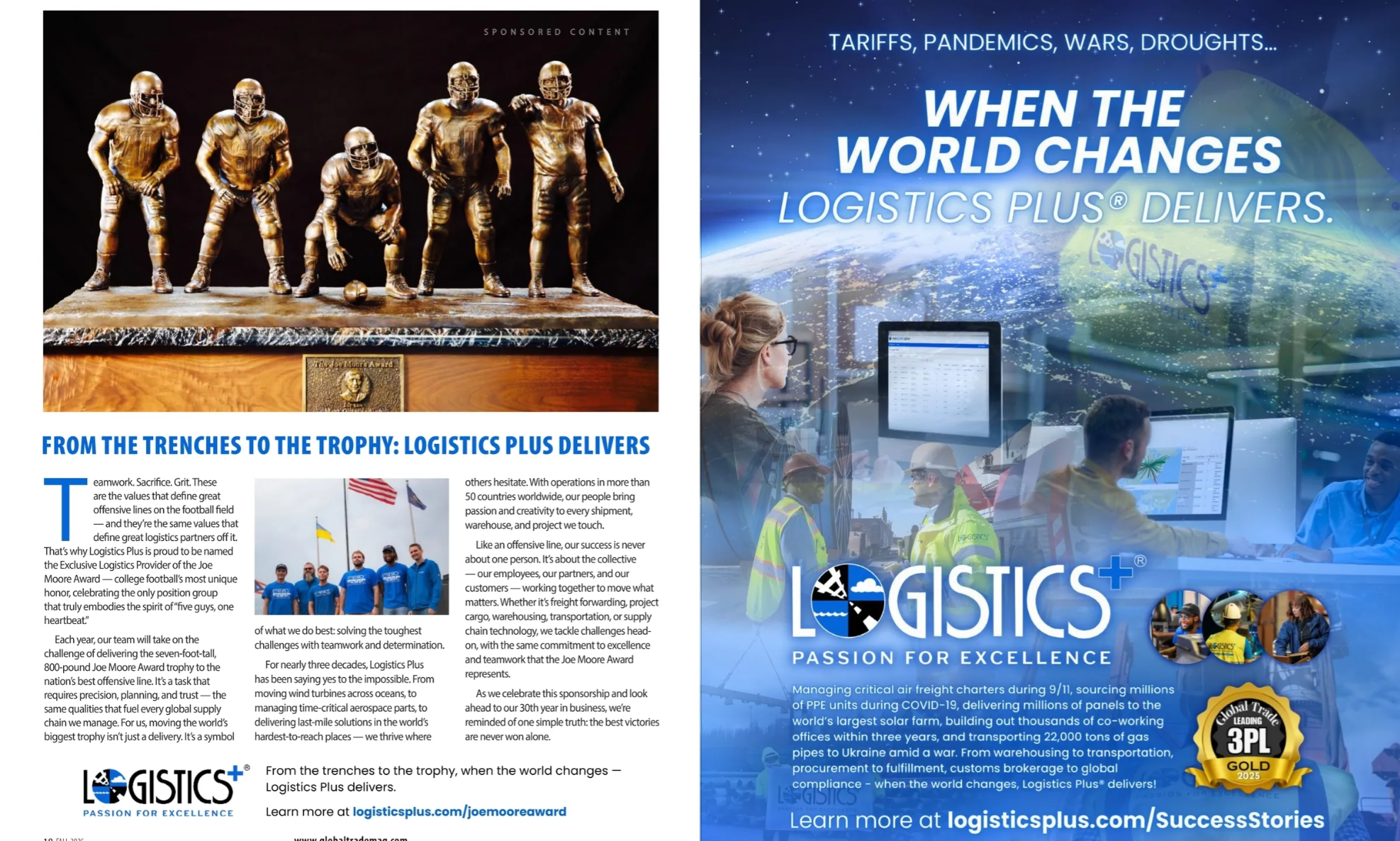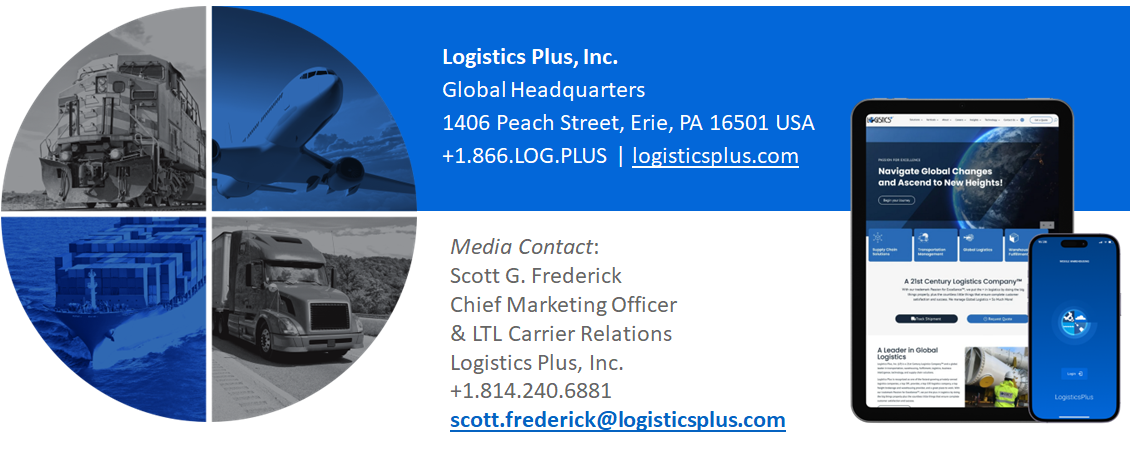
by Scott Frederick | Dec 22, 2025 | News
When the world changes… what matters most is how you deliver. In 2025, Logistics Plus delivered more than freight. We delivered moments… milestones… and missions that mattered. This year was about partnerships. Customers. Carriers. Teams. Communities. This is what we delivered together. Across the globe, our teams moved the extraordinary. From heavy industrial cargo… To complex project lifts… To time-critical deliveries that help rebuild communities. Each move planned, coordinated, and executed with one goal — to deliver it right.
Our growth in North America continues with the acquisition of Chicago-based Load Delivered Logistics, adding more phenomenal talent to our workplace and enhancing our transportation management solutions. 2025 also marked continued global growth… Welcoming new offices, new teams, and deeper local expertise in places like Chile, South Korea, Pakistan, and Spain, with expanded operations and capabilities in many other countries worldwide.
Now, as Logistics Plus enters its 30th year in business, we have over 1,400 employees serving thousands of customers in over fifty-five countries around the world. But one special delivery embodied everything we believe in. From West Point to Erie… A trophy representing grit, teamwork, dedication, and excellence… Trusted to our care. And delivered home — where a community gathered to celebrate what teamwork truly means. Because logistics is never just about cargo. It’s about people. The relationships we build. The communities we support. And the pride our teams bring to every single move.
As we close out 2025, we’re proud of what we’ve delivered… And even more excited for what’s ahead. Because when the world changes… Logistics Plus delivers.
Thank you for your support in 2025, and all the best in 2026!

by Scott Frederick | Dec 17, 2025 | News
The Weight of Greatness documentary, a Trench Life film presented by the Joe Moore Award, gives you a look at what it takes to move the biggest trophy in college sports…the Joe Moore Award. With the help of Logistics Plus, Aaron Taylor and the Joe Moore Award team pack up the trophy from Army, the recipient of the 2024 Joe Moore Award and move it to Erie, Pennsylvania before it makes its way to the 2025 winner. This is the first chapter in that story.
Learn more at logisticsplus.com/joemooreaward.
by Scott Frederick | Dec 11, 2025 | Testimonials
“I wanted to take a moment to recognize the outstanding support I’ve received from Jeff Houpt. (We) previously used a different logistics company, and their 800 number often left me being transferred from department to department with little resolution. Since transitioning to Logistics Plus, Jeff has been an absolute game-changer for me and for (vendor) shipments coming to (us). His regional presence and strong familiarity with (our requirements) have made an incredible difference. Having a direct contact who is responsive, knowledgeable, and proactive has significantly improved my workflow. Jeff’s communication and assistance on every delivery we’ve handled together have been exceptional, and I truly appreciate the level of service he provides. I wanted you to know how much I value Jeff’s support and the positive impact he’s had on our projects.”
– Project Manager for Healthcare Organization

by Scott Frederick | Dec 5, 2025 | News
 Cross-border shipping between the United States, Mexico, and Canada continues to grow at record volumes — and so do the complexities. Tariffs, customs documentation, Importer of Record requirements, in-bond transit rules, labeling laws (such as Mexico’s NOM standards), fluctuating capacity, and border inspections all create risk for shippers without the right logistics partner.
Cross-border shipping between the United States, Mexico, and Canada continues to grow at record volumes — and so do the complexities. Tariffs, customs documentation, Importer of Record requirements, in-bond transit rules, labeling laws (such as Mexico’s NOM standards), fluctuating capacity, and border inspections all create risk for shippers without the right logistics partner.
Logistics Plus simplifies cross-border transportation by bringing together transportation management, customs brokerage coordination, real-time shipment visibility, and bilingual, in-market operations into one integrated service platform — delivering reliable, compliant freight movement across North America.
Whether shipping LTL, full truckload, rail, or intermodal, LP helps manufacturers, distributors, and retailers ship confidently across borders while lowering cost and stress.
North America’s Most Strategic Cross-Border Gateway: Laredo, Texas
LP’s core U.S.-Mexico operations center around the Laredo, Texas / Nuevo Laredo, Mexico border crossing, the largest trade corridor between the U.S. and Mexico and the busiest inland port in North America.
Why Laredo matters:
- Handles nearly 50% of all U.S.–Mexico trade
- 18,000+ commercial truck crossings daily
- Dedicated commercial bridge lanes
- 14 lanes of continuous freight movement
- Operating 7 days per week
Industries heavily supported through this gateway include:
- Automotive & parts
- Electronics & components
- Metals (steel, aluminum, copper)
- Solar & renewable energy equipment
- Industrial manufacturing
End-to-End Cross-Border Transportation Services
Logistics Plus provides fully managed northbound and southbound freight services between:
- United States ↔ Mexico
- United States ↔ Canada
Services include:
- LTL, FTL, Flatbed, Rail & Intermodal
- Cross-dock & consolidation
- Drayage and transloading
- In-bond freight movements
- Importer of Record set-up
- Customs brokerage coordination
- Freight audit & pay (FAP)
- Shipment tracking & real-time visibility
- Single consolidated invoice
Southbound Freight: U.S. to Mexico
Shipping into Mexico requires careful navigation of customs documentation, NOM labeling compliance, and Importer of Record requirements.
LP manages every step:
- Mode selection & pricing
- S.–Mexico customs documentation
- Importer of Record setup (if needed)
- In-bond processing (when applicable)
- Coordination with Mexican brokers & carriers
- Cross-border drayage and final-mile delivery
- Optional additional insurance coverage
- Single itemized invoice for transportation + customs
Shipment Flow
- Pre-alert documentation sent at departure
- Freight arrives at border
- Customs clearance conducted
- Border crossing completed
- Final delivery via Mexico-based LP carrier partners

Northbound Freight: Mexico to the U.S.
Northbound shipments face many of the same regulatory hurdles—but often with even higher scrutiny.
LP ensures compliance and velocity by providing:
- Bilingual customs and operations teams
- Time-zone aligned North American support
- Importer of Record creation (if required)
- S. in-bond processing
- Cross-border drayage coordination
- Final-mile U.S. delivery
Shipment Flow
- LP Mexico gathers customs documentation
- Transportation and drayage arranged
- Export/Import clearance completed
- Border crossing executed
- United States final delivery with LP carrier network

U.S.–Canada Cross-Border Services
LP also provides the same fully managed northbound and southbound services between the U.S. and Canada, including:
- Customs documentation preparation
- Importer of Record management
- In-bond transit processing
- Border drayage and clearance
- Carrier coordination
- Full shipment visibility from pickup to delivery
With operational teams on both sides of the border, LP removes friction from a process many forwarders outsource or partially support.
Advanced In-Transit & Capacity Solutions
Logistics Plus leverages advanced digital freight platforms to enhance both capacity coverage and transit optimization.
Through Cargado carrier access, LP connects customers to:
- 1,500+ vetted carriers
- 200,000 available trucks
- 450,000 trailers across the U.S. and Mexico
This allows:
- Faster booking
- Wider capacity coverage even during peak seasons
- Competitive market pricing
- Improved on-time performance
Implementation Process: Getting Customers Operational
LP provides hands-on onboarding and operational setup typically completed within ~60 days.
Key setup steps include:
- Credit and account qualification
- Evaluation of current Customs Brokerage relationships
- Importer of Record authorization setup (if needed)
- Present/validate required customs documentation
- Determine border crossings and lanes
- Mexico NOM labeling compliance verification
- Ideally performed at origin for fastest transit
- Border labeling remains an option but may increase inspection delays
- LP operations and compliance teams work closely with customers to eliminate potential border bottlenecks before first shipment dispatch.

Why Shippers Choose Logistics Plus for Cross-Border Freight
LP combines what most providers separate:
- Transportation management
- Customs coordination
- Compliance expertise
- Bilingual operations teams
- Advanced technology platforms
- Full truckload and LTL capacity
- Single invoice billing
- Dedicated service accountability
This results in fewer vendors, fewer problems, and faster results — all managed under the direction of one trusted logistics partner.
One North American Logistics Partner — End to End
Whether you ship:
- Weekly palletized LTL into Mexico
- Dedicated weekly truckloads from Monterrey to the Midwest
- Rail shipments of industrial components
- Automotive or electronics freight across North America
Logistics Plus manages the entire cross-border supply chain.
Get Started with Cross-Border Shipping Today
Our cross-border freight specialists are ready to build a solution customized to your lanes, commodities, compliance requirements, and transit goals.
Contact Logistics Plus to request a cross-border freight assessment or pricing quote today.


by Scott Frederick | Dec 4, 2025 | News

Logistics Plus is Named a Top 50 3PL by Global Trade Magazine
It’s the sixth time in the past seven years that Logistics Plus has been honored.
 ERIE, PA (December 4, 2025) – Logistics Plus, Inc. (LP), a global leader in transportation, logistics, and unique supply chain solutions, is proud to announce it has again been named a Top 50 third-party logistics provider by Global Trade magazine — the sixth time in seven years the company has earned this recognition.
ERIE, PA (December 4, 2025) – Logistics Plus, Inc. (LP), a global leader in transportation, logistics, and unique supply chain solutions, is proud to announce it has again been named a Top 50 third-party logistics provider by Global Trade magazine — the sixth time in seven years the company has earned this recognition.
The 2025 list of leading 3PL providers was announced in the Fall 2025 edition of Global Trade magazine, now available online. According to the publication, Logistics Plus, featured on page 20, is “Tech Savvy” and is known for “simplifying complex international and domestic logistics challenges.”
“We appreciate the recognition from Global Trade. We’re not a glamorous industry. We’re not movie stars,” says Jim Berlin, Founder & CEO of Logistics Plus. “But we have people who pool together and realize, whatever is needed, you’ve got to do. And I think part of our heritage is that we continue to do that no matter the challenge, so being recognized for that is rewarding.”
You can view the entire list in the digital edition of the magazine. An article highlighting Logistics Plus and the Joe Moore Award, along with a company advertisement, appears on pages 18-19.

About Global Trade
Global Trade magazine is the authority for U.S. companies doing business globally. It educates and entertains its readers on ways to utilize the global marketplace to increase market share and corporate profits through creative efficiencies in cargo transportation, banking, joint ventures, and outsourcing. Visit www.globaltrademag.com to learn more.
About Logistics Plus, Inc.
Logistics Plus, Inc. is a 21st Century Logistics Company™. With annual global sales approaching $1 billion, Logistics Plus is a leading global provider of transportation, warehousing, fulfillment, logistics, project management, business intelligence, technology, and unique supply chain solutions. The company is recognized as one of the fastest-growing privately owned logistics companies, with a presence in over 50 countries worldwide. With its trademark Passion for Excellence™, Logistics Plus is consistently recognized as a great place to work and a top global logistics provider. Learn more at logisticsplus.com.
















